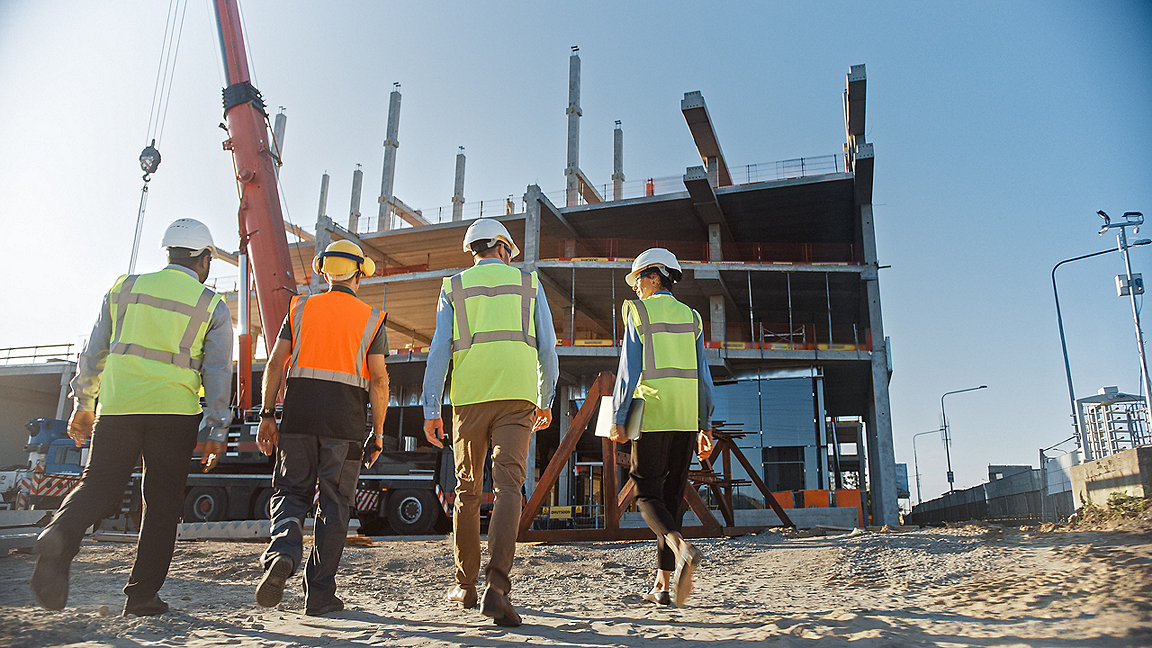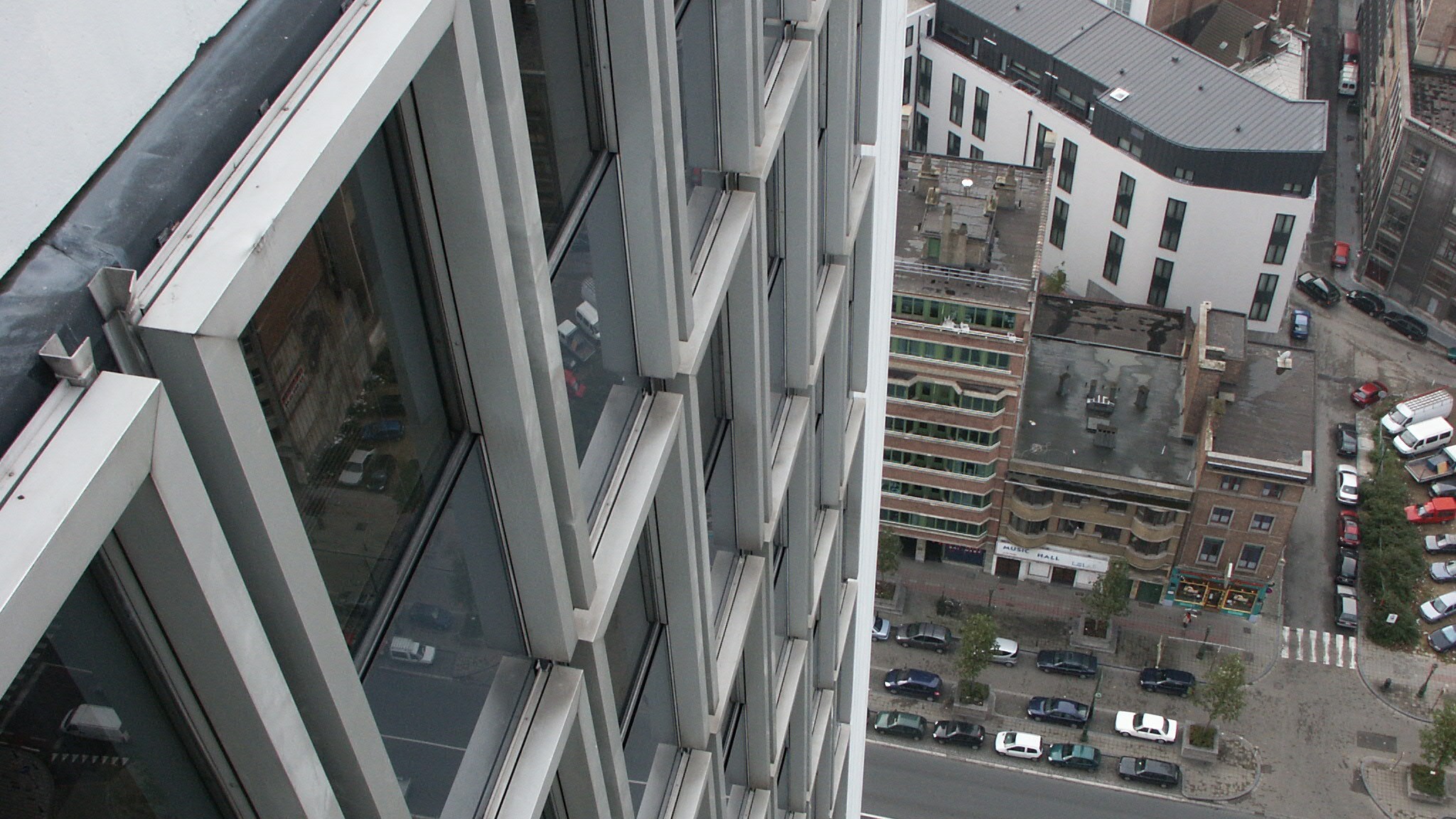
Throughout the year, Built Environment Journal has aimed to keep members in building surveying, building control and building conservation up to date with the latest developments in their disciplines.
Buildings' structural and fire safety have of course remained high on the agenda, as has sustainability, and we have continued to cover these vital subjects. But we have also focused on the profession itself, running series on apprenticeships, competencies, and technical due diligence around the world, as well as exploring the work of building conservation engineers.
Sector urged to step up on sustainability
Throughout the year, sustainability has been a hot topic for RICS, and the journal has reflected this.
In February, BRE CEO Gillian Charlesworth explained that the effectiveness of UK government plans to decarbonise the built environment by helping households switch to heat pumps would depend on how well the strategy was implemented.
In the meantime, she said the built environment professions themselves must assume responsibility for reducing carbon emissions associated with building stock. She argued that there must be a major shift if the sector is to decarbonise at the necessary speed and scale.
'If we cannot measure the carbon we use, we cannot identify where to reduce it'
RICS standards focus on safety

© Adrian Tagg
'Surveyors have a duty of care to report on any items posing a risk to life safety'
Another February article stressed the importance of planned preventative maintenance (PPM) to the critical issue of building safety. That month saw publication of the first edition of RICS' professional standard on the subject, and author Adrian Tagg MRICS detailed how the document had been developed to deal with the particular challenges of reporting on inaccessible areas, engaging specialists and clarifying the scope of services with the client.
Conservation proves collaborative practice
If specialists can be crucial to conducting PPM, professionals across the built environment need to be ready to engage with external experts where necessary.
To showcase this in our building conservation coverage, we published an article by Aoife Howard in April on the part that conservation engineers play in repairing heritage buildings. She explained how her role corresponds to that of a conservation surveyor’s, and why being part of the design team ensures the most effective outcomes when working on larger projects.
'Issues can be caught early if a conservation engineer is involved in site visits and can see works progress'
International perspective offered on TDD

'Facade specialists are in relatively short supply in New Zealand'
Recognising that many of our readers are based outside the UK, we have published articles with an international reach throughout the year. With this in mind, we started a new series on technical due diligence (TDD) in different countries at the end of May.
The first piece looked at the specific risks associated with property in New Zealand and how to ensure they are identified early. PwC New Zealand's Phil Overend MRICS explained the particular technical issues, such as seismic risk, less stringent building code standards, and a greater emphasis on managing initial capital costs.
The series continues with a two-part feature on TDD in Australia in the new year – keep an eye out.
Legislation takes comprehensive approach to building safety
After the Building Safety Act 2022 gained royal assent in April, we spoke to the Building Safety Regulator (BSR) – the Health and Safety Executive's Peter Baker – in June.
He reminded us that while the legislation began with the safety of high-rise residential buildings in mind, it has gone much further in introducing a construction products regulator, new ombudsman arrangements, and protection for leaseholders from cladding remediation costs.
The BSR itself also has a broader remit, responsible for promoting competence across the built environment, supervising the safety system for all buildings, and overseeing the building control profession.
'The legislation will require a major change in performance, attitude, competence and behaviour'
First post-Grenfell fire safety judgment dissected
Of course, fire is of just as much concern when it comes to building safety, and we published a number of articles on the topic ahead of RICS' highly successful Fire Safety Conference in October.
One piece drew attention to the first significant fire safety-related legal case in the UK since the Grenfell Tower tragedy. The article, written by Pinsent Masons' David Greenwood and Naveed Hanif, looked at the High Court's finding against a contractor that had been responsible for installing cladding. The authors considered the possible implications in terms of product certification and ensuring compliance with the Building Regulations, as well as the allocation of costs.
'The court determined the design of the cladding system was defective, despite its BBA certificate'
Apprentice shares what she's learned
The journal aims to reach all surveyors, including those at an early stage of their careers. Among articles of specific interest to those entering the profession we publish a popular continuing series by Charlotte Turner, an apprentice building control surveyor.
In her August update, she explained that her academic learning is complementing her work at Assent Building Control, and she is in turn finding ways to inspire younger people into the discipline. As well as keeping up with regulatory developments and sharing her experience of the profession at a conference, this has helped her gain confidence in her work.
'The younger generation are not well represented in the construction industry'
Series covers APC from A to Z
With the next generation of surveyors in mind, we also began a new series taking an A–Z look at various competencies, launching this in November to coincide with RICS APC interview sessions for built environment candidates.
Jen Lemen's articles address issues related to a variety of core building surveying competencies and key topics, and the series opened with inspection, looking at matters from advice to zero carbon.
'Inspection methodology is personal to each and every surveyor and instruction'
Publication of Built Environment Journal resumes in the new year, when we will continue our coverage of these and other topics including building surveying in Australia, developing sustainable libraries, preventing stranded assets, commissioning management, and a recent key dilapidations legal case, among others.
